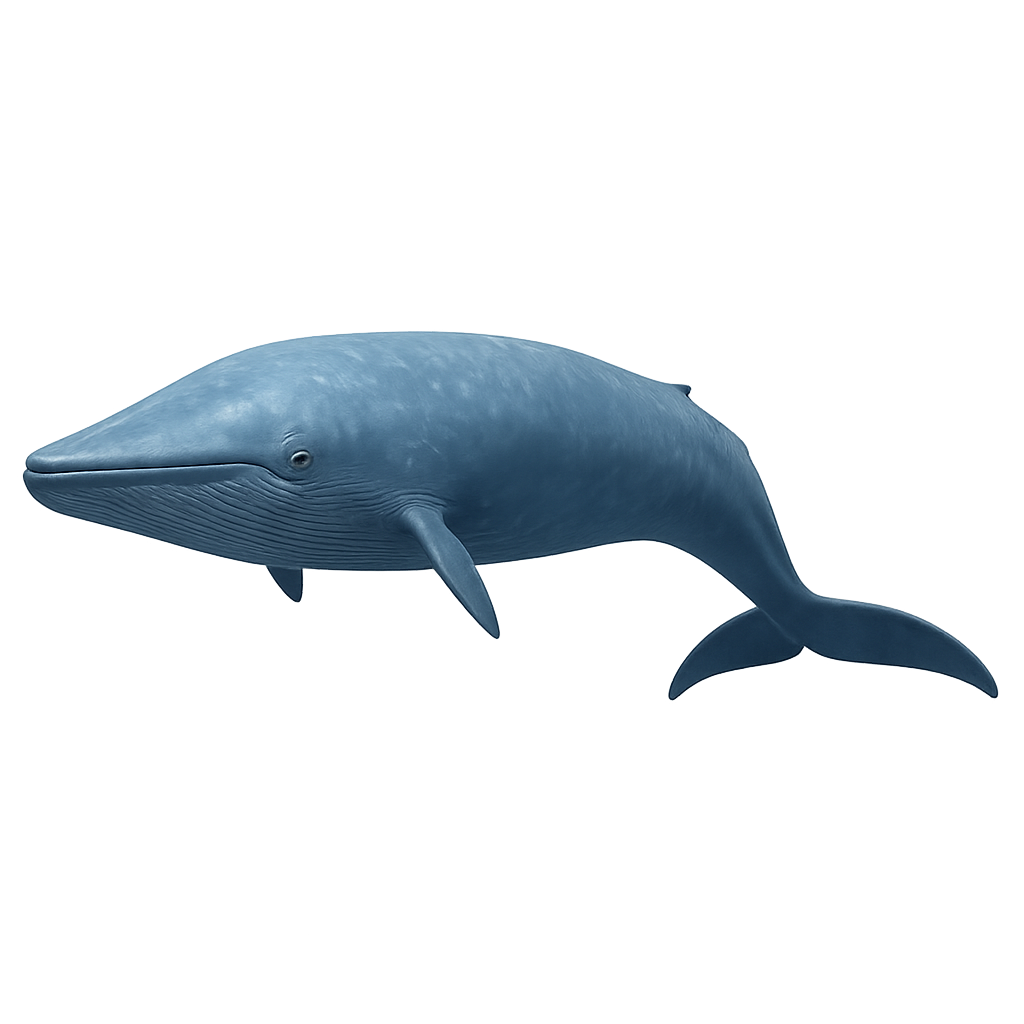Your wildlife photography guide.
Explore the omura's whale in detail, study its behavior, prepare your shots.
Where to observe and photograph the omura's whale in the wild
Learn where and when to spot the omura's whale in the wild, how to identify the species based on distinctive features, and what natural environments it inhabits. The WildlifePhotographer app offers tailored photography tips that reflect the omura's whale’s behavior, helping you capture better wildlife images. Explore the full species profile for key information including description, habitat, active periods, and approach techniques.
Omura’s whale
Scientific name: Balaenoptera omurai

IUCN Status: Least Concern
Family: BALAENOPTERIDAE
Group: Marine mammals
Sensitivity to human approach: Very shy
Minimum approach distance: 100 m
Reproductive period: April to May
Duration: 340–360 jours
Births: April to May
Habitat:
Tropical and subtropical coastal and pelagic waters
Activity period :
Active intermittently throughout day and night.
Identification and description:
Omura’s whale is a small baleen whale measuring 8–12 m in length, with a slender grey body and a slightly asymmetrical head. It inhabits shallow tropical and subtropical waters, feeding mainly on small crustaceans and fish by filtering water through its baleen plates. Usually seen alone or in small groups near the surface.
Recommended lens:
400 mm – adjust based on distance, desired framing (portrait or habitat), and approach conditions.
Photography tips:
Position yourself at a respectful distance from a small boat or kayak; look for the blow and fluke when diving, and shoot at water level with a fast shutter speed to freeze splashes and capture the whale’s silhouette.
The WildlifePhotographer App is coming soon!
Be the first to explore the best nature spots, track rutting seasons, log your observations, and observe more wildlife.
Already 1 431 wildlife lovers subscribed worldwide

